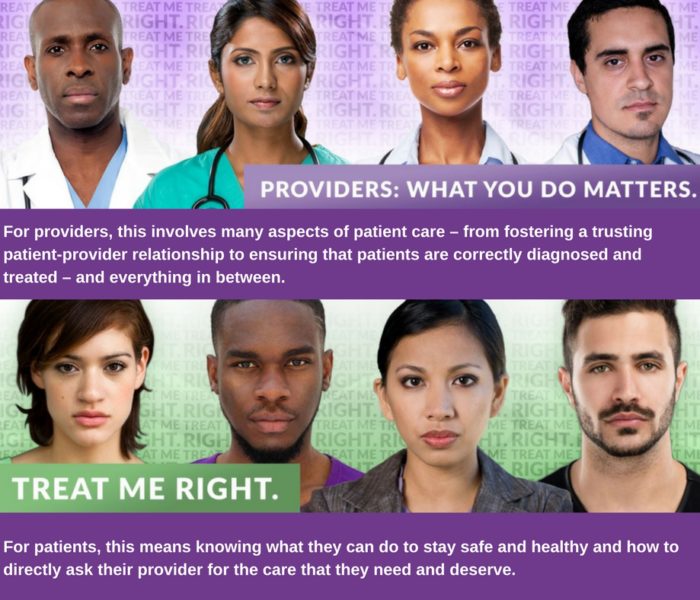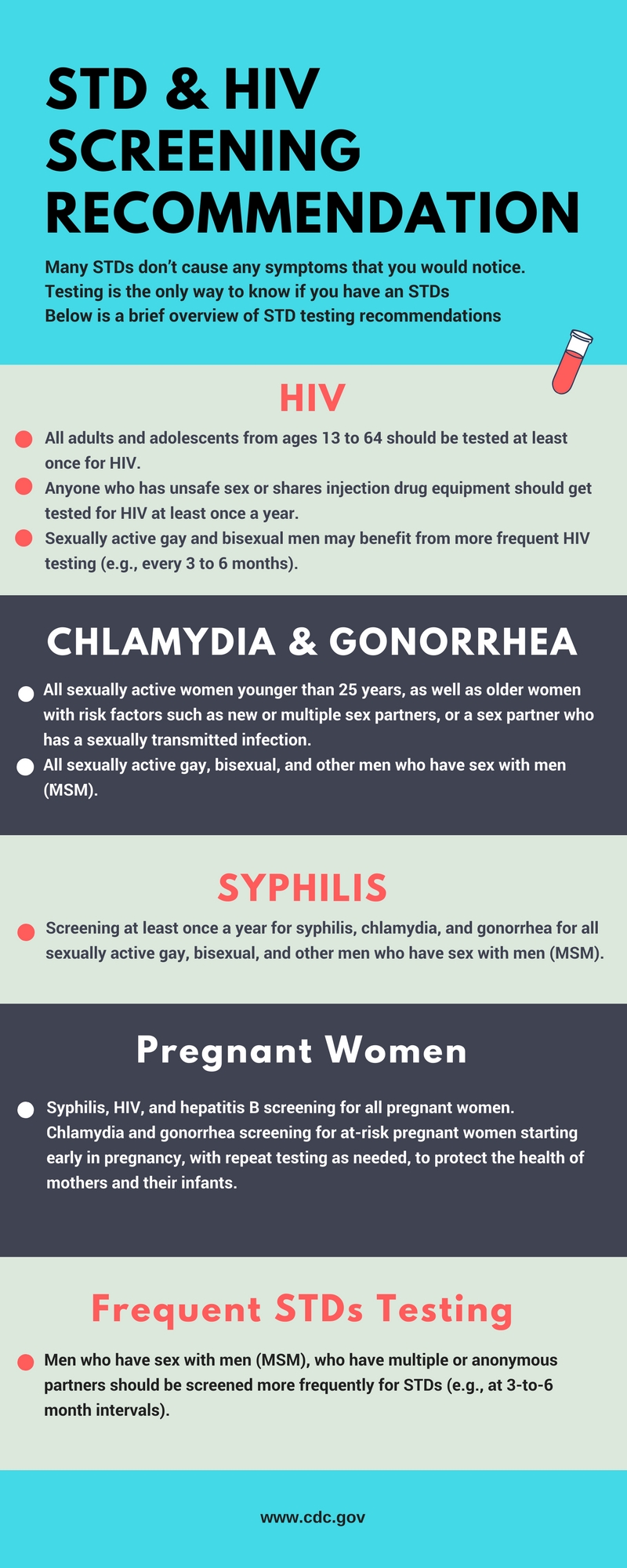
Sexual Transmitted Disease Awareness Month

April is Sexually Transmitted Diseases (STDs) Awareness Month. This year, the Centers for Disease Control and Prevention (CDC) are reaching out to healthcare providers and patients alike with this very important message: Treat Me Right.
What is that mean?

According to a report from the Centers for Disease Control and Prevention (CDC), STDs are at a record high. Therefore, it is extremely important for a provider to protect their patients’ sexual health and for a patient, to stand up and be proactive regarding their own sexual health.
Protect yourself and your partner from the STDs by following these simple steps:
1. Talk With Your Healthcare Provider About Sexual Health
When you visit your healthcare provider, you should discuss sex as it relates to your health as open discussion helps the provider understand what STD tests you may need. Make sure you have an open and honest conversation about your sexual history and STD testing with your doctor and ask whether you should be tested for STDs.
It is also important to have an honest and open conversation about STD testing with your partner. If you do decide to have sex, you and your partner should get tested for STDs beforehand. It is always best to stay in a mutually monogamous relationship. Mutual monogamy means that you and your partner both agree to only have sexual contact with each other.
2. Get Tested.

Where can I get tested?
You can talk to your healthcare provider about testing, or if you are expecting expedited service, there are many clinics that provide fast and confidential STDs testing, such as urgent care clinics. Some benefits of going to urgent care is that you can get same-day walk-in care. Some urgent care clinics allow you to set appointments online and also allow you to check your lab results online through their patient portals.
For the testing procedure, there is no difference from getting STD tested in an urgent care facility compared with getting tested in any other healthcare facility. There are several ways to test for an STD, it is dependent on your symptoms and the type of sexual contact you’ve had. Normally, your healthcare provider will evaluate the symptoms that may suggest STD infections and then run a test.
3. Get Treated

Testing positive for an STD is not the end of your world. Many STDs are curable and all are treatable. Getting treated right away will help to avoid possible health problems in the future.
If either you or your partner has a curable STD, both of you need to start treatment immediately to avoid getting re-infected. In some situations, your healthcare provider can give you medicine or a prescription for your partner – even without seeing them first, a procedure called expedited partner therapy (EPT). EPT is the clinical practice of treating the sex partners of patients diagnosed with chlamydia or gonorrhea by providing prescriptions or medications to the patient to take to their partner if they are unable to seek timely treatment. Ask your health care provider about this option.
Reinfection is common for some STDs, such as chlamydia and gonorrhea. Your health care provider will recommend you to return for follow-up testing in 3 months, even if you and your partner took medicine.
Source:
CDC


Most Commented